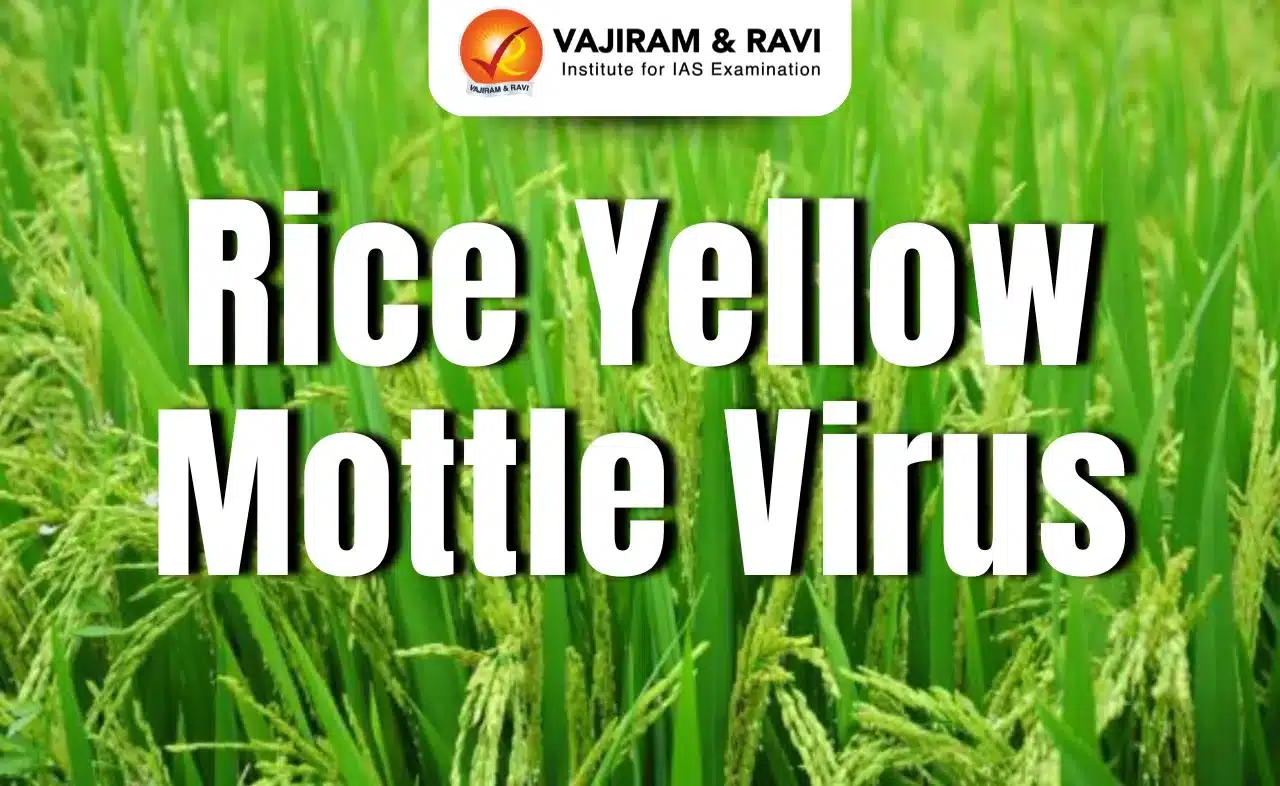About Dachigam National Park:
- Location: It is located 22 km (kilometers) from Srinagar in Jammu and Kashmir.
- It covers an area of 141 sq km (square kilometers).
- The name literally stands for ‘ten villages’, which could be in memory of the ten villages that were relocated in order to create the park.
- It was initially established to ensure the supply of clean drinking water to Srinagar city.
- A protected area since 1910, it was declared a national park in 1981.
- The park is situated at altitudes ranging from 5500 ft to 14,000 ft.
- The park is best known as the home of the Hangul, or Kashmir stag. It holds the last viable population of the vulnerable hangul in the world.
- Terrain: Ranges from gently sloping grasslands to cliffs and sharp rocky outcrops.
- Flora: Includes wild cherry, apple, pear, peach, plum, apricot, chestnut, willow, walnut, oak, pine, birch, poplar, chinar, and elm.
- Fauna:
- Besides Hangul, Dachigam is also famous for its populations of musk deer, leopard, Himalayan Grey Langur, leopard cat, Himalayan Black Bear, yellow-throated marten, among others.
- It is the residence of raptors such as the Eurasian eagle owl, Lammergeier, Eurasian griffon and white-rumped vulture.
Key Facts about Kashmir Stag:
- It is also called Hangul, which is a subspecies of Central Asian red deer endemic to Kashmir and surrounding areas.
- It is found in dense riverine forests in the high valleys and mountains of Jammu and Kashmir and northern Himachal Pradesh.
- In Kashmir, it is found primarily in the Dachigam National Park where it receives protection.
- A small population has also been witnessed in Overa-Aru Wildlife Sanctuary in south Kashmir.
- Conservation status
- IUCN: Critically Endangered
- CITES : Appendix I
Q1) What is an Eco-sensitive zone?
They are created as “shock absorbers” for the protected areas, to minimize the negative impact on the “fragile ecosystems” by certain human activities taking place nearby. Furthermore, these areas are meant to act as a transition zone from areas requiring higher protection to those requiring lesser protection.
Source: Govt to prepare zonal master plan for eco-sensitive zone around Dachigam National Park
Last updated on June, 2025
→ UPSC Notification 2025 was released on 22nd January 2025.
→ UPSC Prelims Result 2025 is out now for the CSE held on 25 May 2025.
→ UPSC Prelims Question Paper 2025 and Unofficial Prelims Answer Key 2025 are available now.
→ UPSC Calendar 2026 is released on 15th May, 2025.
→ The UPSC Vacancy 2025 were released 1129, out of which 979 were for UPSC CSE and remaining 150 are for UPSC IFoS.
→ UPSC Mains 2025 will be conducted on 22nd August 2025.
→ UPSC Prelims 2026 will be conducted on 24th May, 2026 & UPSC Mains 2026 will be conducted on 21st August 2026.
→ The UPSC Selection Process is of 3 stages-Prelims, Mains and Interview.
→ UPSC Result 2024 is released with latest UPSC Marksheet 2024. Check Now!
→ UPSC Toppers List 2024 is released now. Shakti Dubey is UPSC AIR 1 2024 Topper.
→ Also check Best IAS Coaching in Delhi
























